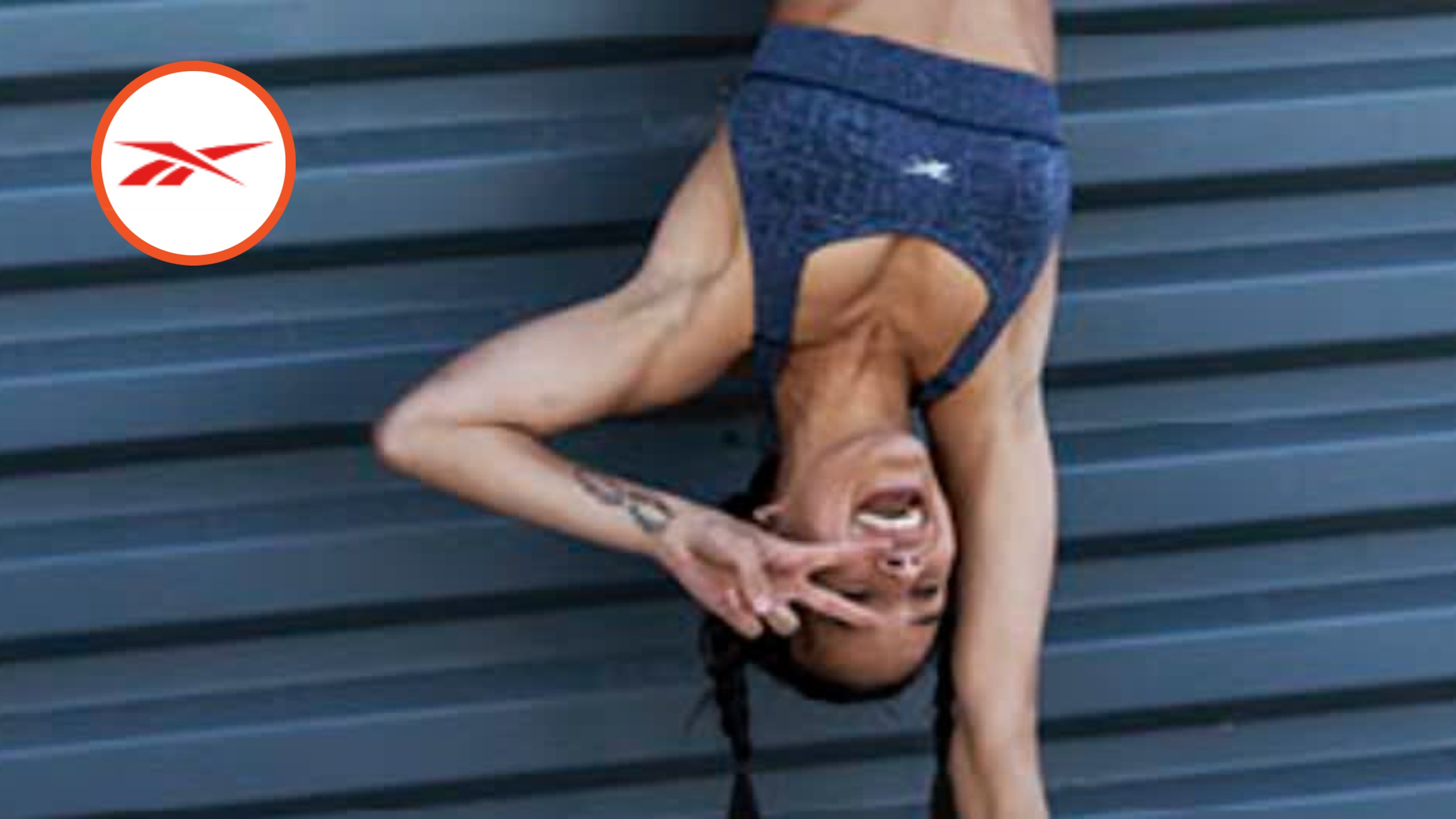Why You Should Add Inversions to Your Workout Routine

Doing handstands and headstands can also benefit your mobility and endurance, adds Franco Calabrese, a physical therapist at React Physical Therapy in Chicago. “The position requires strength and flexibility in the lats, deltoids, triceps, rotator cuff and forearm muscles in the upper body, while also stressing your core and trunk muscles,” he explains.
If handstands are too hard on your shoulders, inversion tables are another option for relieving lower back pain without taxing your upper body. “When the body is in the inverted position, intervertebral pressure between bones in the spine can decrease, which reduces the stress on the discs,” says Calabrese. “This can be a game changer for those who have been experiencing chronic back pain or any numbness or tingling down the legs, frequently seen in those diagnosed with sciatica.”
The benefits go beyond back pain, too. “Inversion therapy can allow pressure relief in places where tension may build in the joints,” Calabrese says. “It may also assist with nervous system regulation of heart rate, blood pressure and lymphatic circulation.”